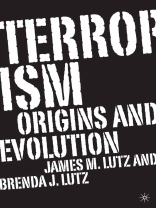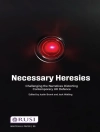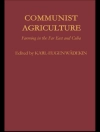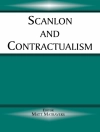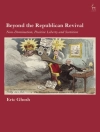Terrorism is not a new phenomenon but has been present for over two thousand years. It has been used to advance ethnic, religious, and ideological goals; it has been used by dissidents and states to maintain control; it has been used at times as a means for attaining or maintaining power for its own sake. Terrorism has often appeared as a response to the intrusion of outside groups in established societies. This book places terrorism in a historical and analytical context. It is a comparison of terrorist groups over time, noting both similarities and differences. It will also contribute to discussions of the underlying causes of terrorism by providing a broader context than is usually attempted. It is important to put recent terrorist events in an appropriate context and to learn what history has to offer for dealing with this type of political violence.
Table des matières
Introduction Definitions, Categories, and Causes The Ancient World The Middle Ages, Renaissance, and Reformation The Age of Revolutions From Napoleon to World War I Terrorism in the Interwar Period Breakup of Empires, 1945-1965 Revolt from the Left: Terrorism in the Vietnam Era, 19565-1980 Terrorism from New Sources and Old: The 1980s to the Twenty-First Century Conclusions: Origins, Adaptation, and Persistence
A propos de l’auteur
BRENDA J. LUTZ is at Wayne State University, USA.
JAMES M. LUTZ is Professor of Political Science at Indiana University-Purdue University, USA. He is the author of
Import Propensities of Industrialized Countries: Protectionism Revealed (Palgrave USA, 2000) and a co-author (with Brenda J. Lutz) of
Global Terrorism (Routledge, 2003).
